|
Many therapists want you coming back time and time again forever. Not me! If there's something I can get you doing at home to help, I let you know. That's why I stock a few of my favourite at-home care tools in the clinic. By using these, you can help to take care of your own muscles each and every day. The Best At-Home Care Tools The tool: Spiky ball If you've been into my clinic room, you've seen these scary-looking little balls hiding in the corner! But they are actually my number one favourite tool for my clients – and myself. What's it for: It might look like a torture device, but it's actually sweet relief for many. For any niggly spots or trigger points, this colourful ball is the key to relieving tension. How to use it: Grab your ball. Use it to roll over a sore muscle until you feel a point of tension or a trigger point. Then, keep rolling on that spot until you feel your muscle relax. Note: This should feel tender, but not like agony! If it's too sore, ease up a bit. Try rolling it over a clothed area if its too tender straight onto skin. The tool: Foam roller Everybody's least favourite post-exercise tool - the foam roller! If you go to the gym, they may already have a few of these laying around, otherwise they are usually cheap to buy from sports stores, or even Kmart! What's it for: The foam roller can be used in a similar way to the spiky ball, but its a broader area. Think big muscle groups, like hamstrings, quads, glutes and backs. How to use it: Time to get down on the floor and roll out those sore muscles. You can roll in one long movement, for example from your knee to your hip, or you can roll in sections. Just like the ball, when you find that tender spot stop there and let the pressure release the muscle for about 20 seconds or until you feel it relax. Note: Foam rollers come in a heap of designs - if you're very pain sensitive, choose a roller that doesn't have any bumps or grooves on it. A smoother roller can be just as effective and much less painful. The tool: Heat pack There's something magically comforting about a heat pack on a cold night. But these aren't just about comfort – they can also be therapeutic. What's it for: The idea of a heat pack is to increase circulation to an area. This might be good for areas of poor circulation, or to help warm up a tight, cold muscle. It's generally recommended for chronic muscle pain and sore joints. How to use it: Heat in a microwave for 1-2 minutes (check the label for guidance). Place on the area that needs a little TLC. Make sure it's a comfortable temperature. And then – relax! Note: You should be careful if you have nerve impairment, as there is a risk of burning. Do not use it within the first 48hrs of an injury unless instructed by your practitioner. The tool: Resistance band
Getting the 80s vibe from these bad boys is pretty common! But don't fear, you don't need to don the lycra to benefit from them. What's it for: You don't need bulky weights to build muscle. Resistance bands can help you to build and maintain muscle strength gently. This is great for people who are rehabilitating joints or are just beginning with strength building. How to use it: It depends on the exercise you need to do. The general idea is to find a way to make the band gently resist your body movement. If you don't have set movements prescribed, I can teach you an easy at-home exercise routine personalised to your needs. Note: There are different levels of resistance available. So if you're not sure what level is right to you, let me know. You can even have a quick try and see what feels right! Do these sound like tools you need to try? The next time you come in for an appointment, you can pick one – or more – up! If you're still not sure which is best for you, send me a message and we can chat further. Do you experience post-exercise soreness? Does DOMS get you down? Our muscles can only do so much before they need a bit of TLC. But today, I'm going to give you some tips on how to reduce the aches and pains caused by exercise. .1. Stretch It Out
Stretching helps to relax muscles that are tight from exercise. Remember: stretches are best done when you're still warm – so use it as an exercise cool-down. You may also stretch during gentle exercise such as yoga. Major muscle groups to stretch: quadriceps, hamstrings, glutes, pecs, traps, calves, and anything that's sore 2. Roll It Out Foam rolling is a cheap option that helps release trigger points. It's a great addition to a cool-down routine. Using a foam roller, you roll over the muscle until you find a tender spot. Gently roll over that spot until you feel relief. Foam rolling is all about self-releasing the over-active muscles. By releasing the trigger points, it allows the muscles to relax, which means less soreness the next day. Major muscle groups to roll: quadriceps, hamstrings, glutes, lower back, middle and upper back, side of upper legs (IT band), inner thighs, and anything that's sore 3. Treat Yourself To A Treatment If you experience constant post-exercise soreness, a myotherapist can help. As a myotherapist, I can offer many treatments that can alleviate sore muscles. From massage and trigger point therapy to cupping and even taping, there's a solution for your pain. Myotherapy works because it treats the muscle pain that may not respond to stretching or rolling. It's also much easier – and more enjoyable – to have someone treat your muscles for you. We all deserve a good massage! Have a question about stretching, rolling or booking a treatment? I'd love to hear from you! Are you local to Ferntree Gully and looking for a Personal Trainer? Courtney Taylor at Fitness Taylor'd For You runs regular boot camp classes in the Knox area. Thanks to Courtney and the boot camp class for the fun photo! Some therapists only offer one option for follow-up consultations. But I found that my clients had different needs. So I decided to offer 4 different options for follow-ups. But how do you know which myotherapy treatment suits your needs? Let's have a look at what they are, and who they suit. Myotherapy Treatment Options
Initial appointment The initial appointment is just what it sounds like! It's your introduction to the world of Simple Wellness Myotherapy, and myself of course. If you've never visited me before, this is the treatment option for you. It's where we learn about each other, and how we can best work together. For more information, have a quick look at what to expect in your appointment. Length: 60 minutes, including approximately 10-15 minutes discussion Best for: Everyone who is new to Simple Wellness Myotherapy! Standard follow-up appointment A standard follow-up may be a standard length, but you'll still be getting outstanding care! Most people will suit a standard follow-up appointment. This myotherapy treatment option gives us a few minutes to discuss how you've been since your last treatment. Then, it's diving straight into some hands-on treatment. Length: 50 minutes, including approximately 5 minutes discussion Best for: Someone who would like ongoing care, and felt like their initial treatment was the right length for them. Short follow-up appointment There's nothing quite like a quickie – appointment that is. Sometimes, you just don't have the time to fit a full follow-up into the schedule. And that's ok – you can still get a quality session in. We'll have a quick chat to see where you're at, and then get down to treatment time. Some people use short follow-up appointments for small, acute injuries. Others only have 30 minutes before they have to go and pick the kids up or head back to work. If that's you, the short length is ideal for your needs. Length: 30 minutes, including approximately 5 minutes discussion Best for: Someone who is short on time, or who has one specific area they want focused on. Long follow-up appointment Ready to really work out those kinks and get your body feeling better? The long follow-up might be just what you need. We'll have a short discussion to decide where to focus. Then you'll be on the table for at least an hour of personalised treatment. Doesn't that sound like heaven? This myotherapy treatment gives you plenty of time on the table, so I can work on multiple muscle groups. It's also a great choice for relieving stress and taking some quality time out for yourself. Length: 80 minutes, including approximately 5-10 minutes discussion Best for: Anyone with multiple areas of concern, or who are wanting a longer treatment time. People with complex medical issues or conditions may also like to book a longer appointment. Taping only follow-up appointment Kinesiotaping is a great pain reliever that lasts long after you’ve finished your appointment. Its also a great way of extending the time between treatments, while providing a bit of extra support for sensitive joints. This treatment is an assessment and taping only session. Length: 10 minutes, approximately Best for: Anyone with joint pain or instability. Athletes and sportspeople who need some extra support before an event. Which myotherapy treatment option is best for you? It really depends on your personal needs. If you're still not sure which appointment will suit you, send me a message and we'll discuss your options further. Ready to book in your next myotherapy treatment? Pop on over to the treatments & bookings page to book yourself in for an appointment. If you've never seen a myotherapist before, it can be intimidating to go into your first appointment! But I promise I don't bite. If you're not sure what to expect, let's have a look at what you need to know about your myotherapy appointment. Your First Myotherapy Appointment
Firstly, you'll find your way up to the clinic. Once I greet you in the waiting room, I'll ask you to fill out a form about your health history. In order to personalise your care, I'll need to know about any chronic conditions, injuries and other health history information. For me to give you the safest, best care, I need to know:
All of these factors can impact on which treatments are safe for your body. So please let me know before we commence! Then, we'll head into my lovely little clinic room. We'll sit down and have a chat about what your goals are for the treatment. Now it's time for treatment. I'll let you know which body parts I need exposed, and will pop out while you get changed. Then, I'll proceed with treating the areas you've told me about. Your treatment will depend on your goals and health. Some of the treatments you might experience include:
If you're not sure about the treatment, just ask! I'm happy to explain to you what each treatment entails. But if you prefer to chat about your kids or your plans for the day, that's fine too. At the end, we'll have a quick discussion about a care plan. I'll let you know if you need to do some at-home care, and when it's best to book in again. This all depends on what I've learned about your body throughout your treatment. Your Follow Up Myotherapy Appointment Your follow-up appointment will be a bit shorter, as I already know your health information. However, if you feel like you need some extra TLC, you can book a long follow-up. Firstly, I'll ask about how you felt after your treatment. If you've had any improvements or setbacks, let me know! This helps me to tailor your treatment further. I'll also ask how your at-home exercises or stretches went if that was part of your care plan. Then we'll jump straight into treatment from there. Again, this will depend on your needs. At the end, we'll review your care plan, and discuss any further treatment or at-home care. What To Remember For Each Myotherapy Appointment
Still not sure about your myotherapy appointment? Send me a message and I can answer any questions you have. Ready to book your first myotherapy appointment? Head to the booking page. |
Meet Our Team
We have a team of great practitioners available 7 days a week at our Rowville clinic. Archives
July 2024
Categories
All
|
Got a question about Myotherapy?
Contact Mel by phone, email or Facebook
|
Simple Wellness Myotherapy & Remedial Massage Clinic
Shop 12B 150 Kelletts Rd Rowville VIC 3178 |
Phone us on
03 8204 0970 |

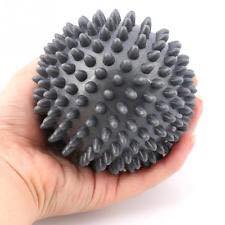
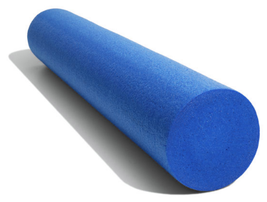

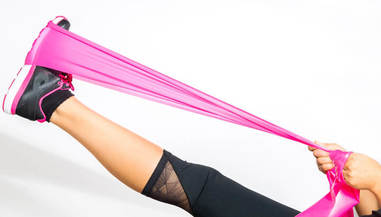
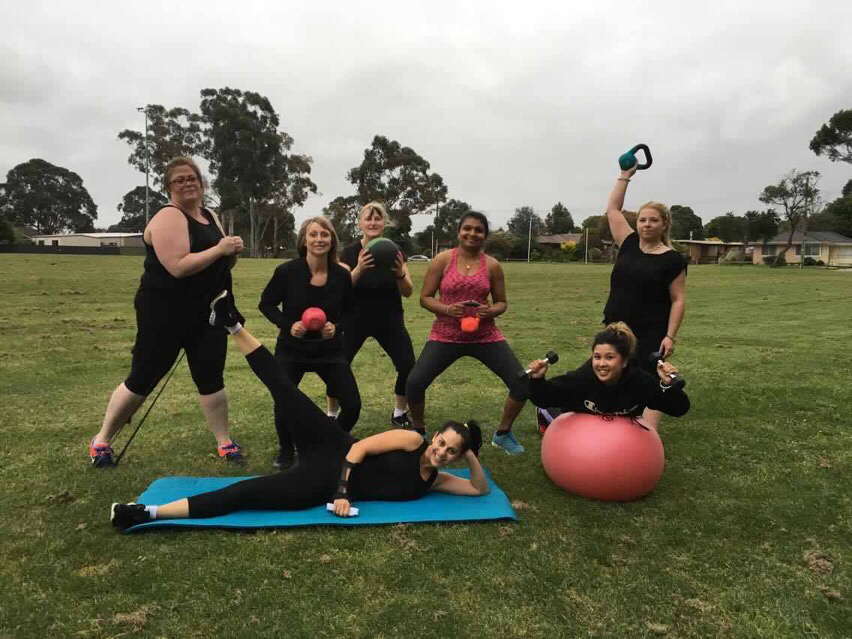
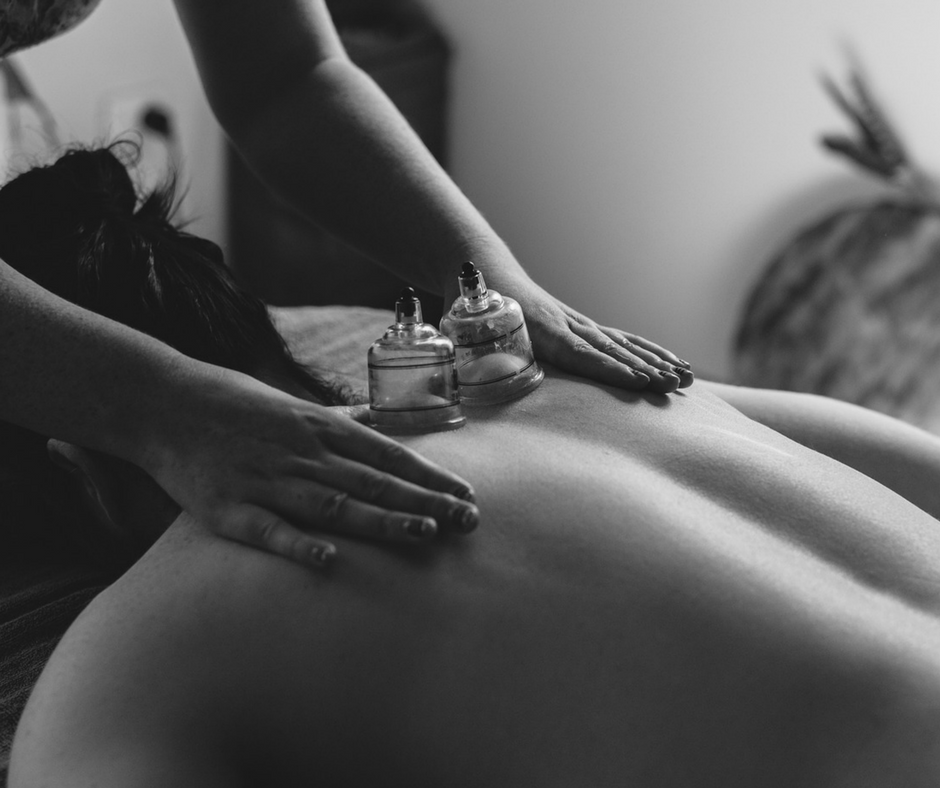
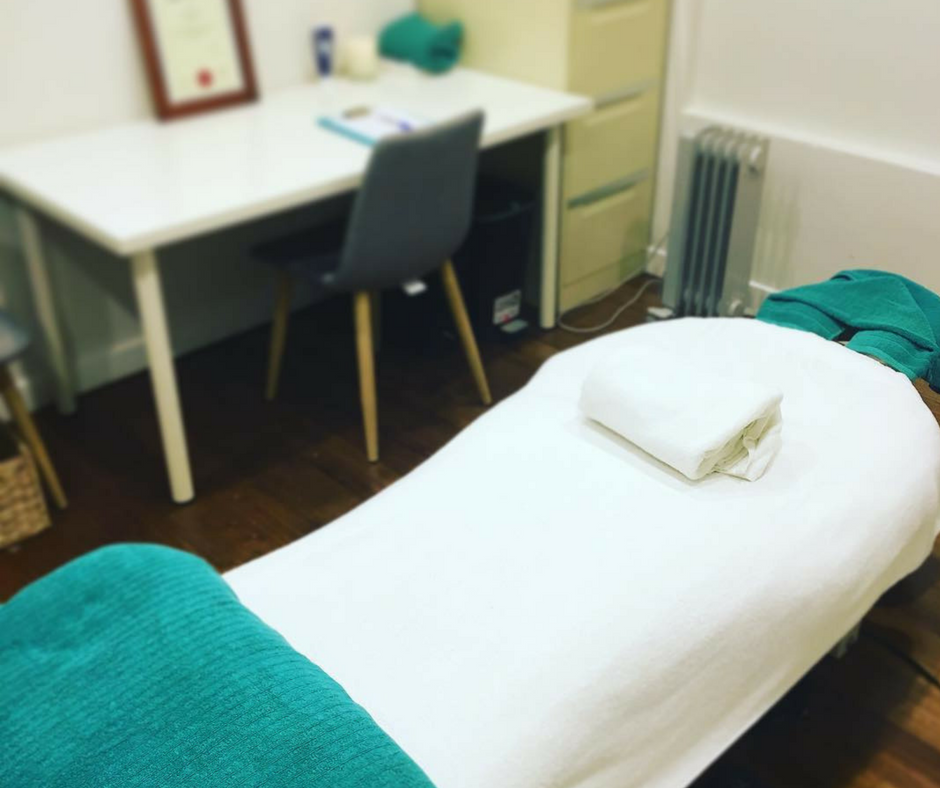
 RSS Feed
RSS Feed